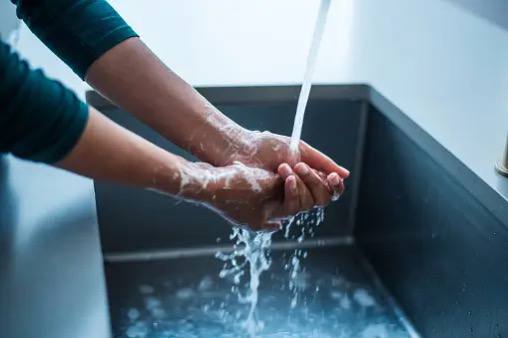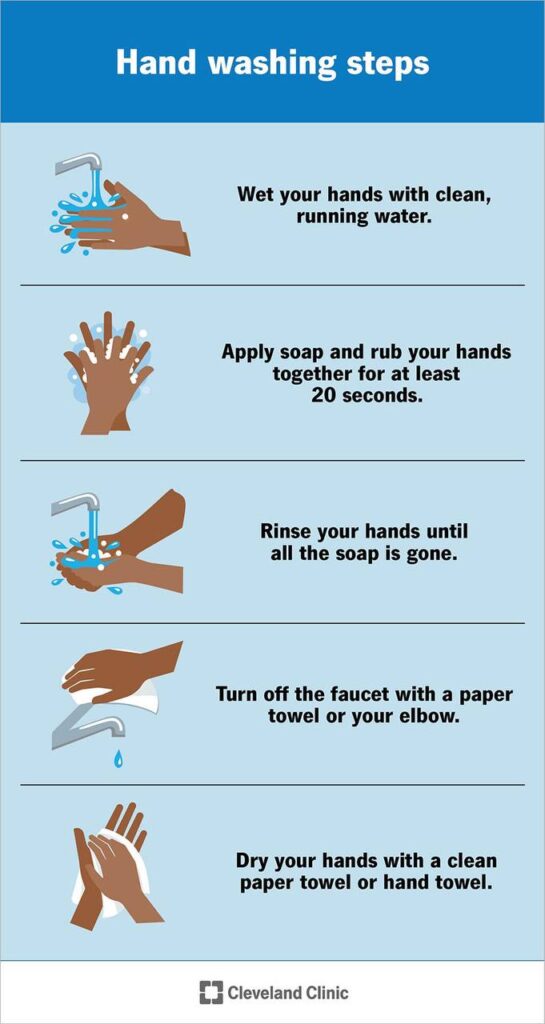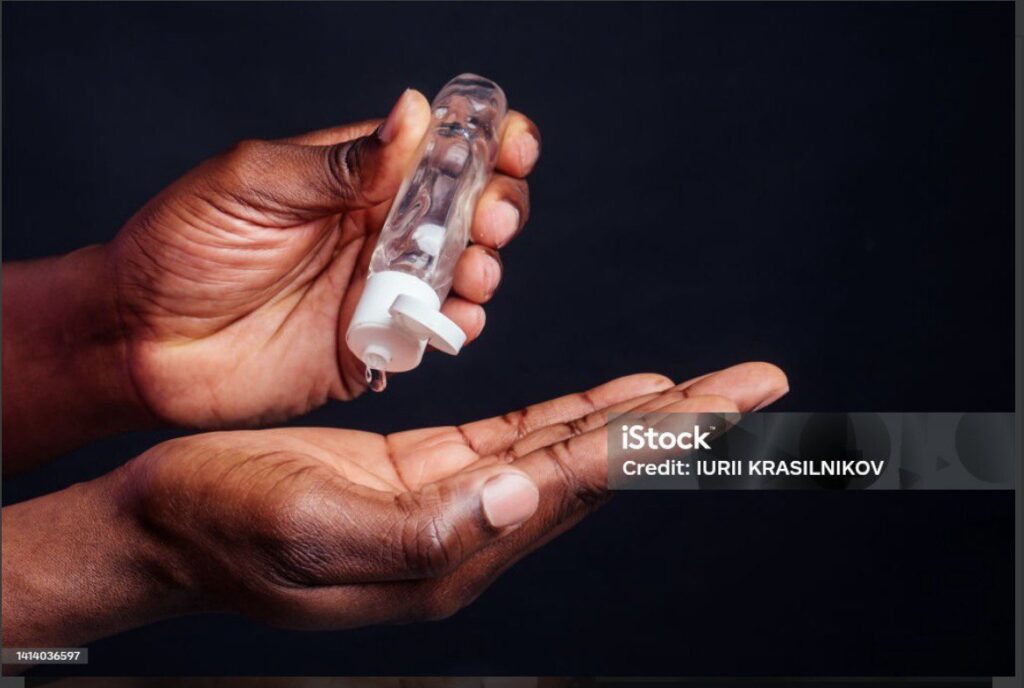HANDWASHING
Imagine this: you’ve just finished a busy day, touching countless surfaces, and interacting with numerous people. Your hands, invisible to the naked eye, are now teeming with germs. What if I told you that a simple, everyday action could protect you and those around you from illness? Welcome to the world of effective handwashing. In this blog post, we’ll explore why handwashing is crucial, how to do it properly, and the difference it can make in our daily lives.
Why Handwashing Matters
Handwashing is one of the most effective ways to prevent the spread of infections. Our hands are in constant contact with surfaces, objects, and other people, making them prime carriers for germs like bacteria and viruses. These pathogens can cause illnesses ranging from the common cold to more severe infections like the flu or COVID-19. By washing our hands correctly, we can significantly reduce the transmission of these harmful microorganisms.

The Science Behind Handwashing
Handwashing works by physically removing dirt, germs, and chemicals from our skin. Soap plays a crucial role in this process. It breaks down oils on our hands that can trap germs, allowing them to be rinsed away with water. According to the Centers for Disease Control and Prevention (CDC), regular handwashing can reduce respiratory illnesses by 21% and gastrointestinal illnesses by 31%.
The Art of Effective Handwashing: Your Shield Against Illness
Imagine this: you’ve just finished a busy day, touching countless surfaces, and interacting with numerous people. Your hands, invisible to the naked eye, are now teeming with germs. What if I told you that a simple, everyday action could protect you and those around you from illness? Welcome to the world of effective handwashing. In this blog post, we’ll explore why handwashing is crucial, how to do it properly, and the difference it can make in our daily lives.
Why Handwashing Matters
Handwashing is one of the most effective ways to prevent the spread of infections. Our hands are in constant contact with surfaces, objects, and other people, making them prime carriers for germs like bacteria and viruses. These pathogens can cause illnesses ranging from the common cold to more severe infections like the flu or COVID-19. By washing our hands correctly, we can significantly reduce the transmission of these harmful microorganisms.
The Science Behind Handwashing
Handwashing works by physically removing dirt, germs, and chemicals from our skin. Soap plays a crucial role in this process. It breaks down oils on our hands that can trap germs, allowing them to be rinsed away with water. According to the Centers for Disease Control and Prevention (CDC), regular handwashing can reduce respiratory illnesses by 21% and gastrointestinal illnesses by 31%.
How to Wash Your Hands Properly
Effective handwashing involves more than just a quick rinse. Follow these steps to ensure your hands are thoroughly clean:
- Wet Your Hands: Use clean, running water (warm or cold) to wet your hands. Turn off the tap to conserve water.
- Apply Soap: Use enough soap to cover all surfaces of your hands.
- Lather: Rub your hands together to create a lather. Be sure to cover the backs of your hands, between your fingers, and under your nails.
- Scrub: Scrub your hands for at least 20 seconds. Need a timer? Hum the “Happy Birthday” song twice.
- Rinse: Rinse your hands well under clean, running water.
- Dry: Dry your hands using a clean towel or air dry them.
When to Wash Your Hands
Knowing when to wash your hands is just as important as knowing how. Here are key times to wash your hands:
- Before, during, and after preparing food
- Before eating
- Before and after caring for someone who is sick
- After using the toilet
- After changing diapers or cleaning up a child who has used the toilet
- After blowing your nose, coughing, or sneezing
- After touching an animal, animal feed, or animal waste
- After handling pet food or pet treats
- After touching garbage

Hand Sanitizer: A Good Backup
While soap and water are the best options, hand sanitizer can be a good alternative when they are not available. Choose a sanitizer with at least 60% alcohol content. Apply enough to cover all surfaces of your hands and rub them together until they feel dry.

Common Myths About Handwashing
Let’s debunk some common myths:
- Myth: Hand sanitizer is more effective than soap and water.
- Fact: Soap and water are more effective at removing certain types of germs.
- Myth: Hot water kills more germs than cold water.
- Fact: The temperature of the water doesn’t matter; it’s the scrubbing action that removes germs.
- Myth: If my hands look clean, they are clean.
- Fact: Germs are microscopic and can still be present even if your hands appear clean.
The Impact of Handwashing on Public Health
Widespread handwashing can have a profound impact on public health. For example, studies have shown that improved hand hygiene can reduce absenteeism in schools and workplaces. In healthcare settings, proper hand hygiene can prevent the spread of infections and save lives. By making handwashing a regular habit, we can contribute to a healthier, safer community.
Conclusion: Make Handwashing a Habit
Handwashing is a simple yet powerful tool in our fight against illness. By incorporating effective handwashing techniques into our daily routines, we protect ourselves and those around us. Remember the key steps: wet, lather, scrub, rinse, and dry. Share this knowledge with your family and friends to promote a culture of cleanliness and health.
Do you have any questions or handwashing tips to share? Leave a comment below and let’s keep the conversation going. Together, we can make a difference, one wash at a time.